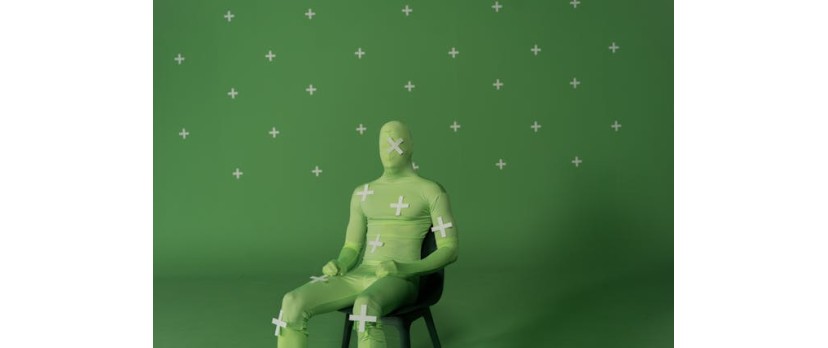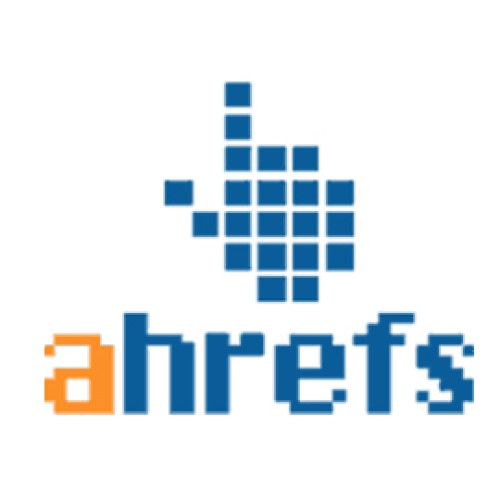Telling a brand story can feel like climbing a mountain. Many business owners struggle to grab attention or make their message stick. It’s tough to stand out when countless voices compete for the same audience every day.
Here’s the good news: 3D animation can help you rise above the noise. By using lifelike visuals, it simplifies ideas and creates connections with viewers. This tool is more than just eye-catching—it turns plain messages into memorable experiences.
This blog will show you how 3D animation brings stories to life and connects with your customers on a deeper level. Keep reading—you’re about to learn something impactful!
The Power of Storytelling in Branding
Stories bring vitality to brands. Emotional branding forms deep connections with customers, helping them remember and relate to your business. Brand narratives leave lasting impressions by drawing on shared values or experiences.
Visual storytelling, especially through 3D animation, enhances recognition and retention. Data shows that 90% of marketers are increasing content marketing investments in 2024, underlining its significance.
Authenticity builds trust like nothing else. Sharing relatable stories highlights honesty and nurtures connections with audiences. A strong narrative differentiates businesses from competitors while making their message memorable.
People don’t just buy products; they invest in the emotions those products evoke within them.
How 3D Animation Enhances Brand Storytelling
With Pixelcarve, 3D animation brings energy to your brand's story through visually captivating content that grabs attention. It simplifies complex concepts into engaging, striking moments for your audience.
Captivating Visuals to Engage Audiences
Bright, high-quality 3D models pull viewers in like moths to a flame. Videos shorter than two minutes hold attention best, resulting in higher attention rates. Social media marketers know this well—67% now focus on short-form video content.
These visuals make complex details feel approachable while keeping your audience deeply engaged.
Shortform videos with detailed animations often go viral, increasing audience retention effortlessly. A product launch or tutorial can use vibrant textures and movements to remain in viewers' minds longer.
As one marketer once said:
A great animation doesn't just tell; it sticks.
Careful storyboarding enhances these features by creating compelling narratives that connect across platforms like Instagram or TikTok.
Simplifying Complex Ideas
3D animation simplifies complex concepts into easily understandable visuals. Explainer videos in 3D, ranging from 15 to 90 seconds, help businesses convey their message quickly. Interactive 3D models enable potential customers to examine products effortlessly.
For example, a tech company can use animated demos to present hardware mechanics without excessive technical language.
Data-heavy presentations become more approachable through data visualization and animations. AR and VR integrations provide interactive experiences that clarify technical details for non-experts.
Training modules also improve by converting theoretical information into practical simulations employees grasp effectively.
Building Emotional Connections
Simplifying ideas creates clarity, but emotional connections make them memorable. Stories told through 3D animation can spark feelings that resonate deeply with viewers. Combining visual storytelling with music and sound effects enhances this effect.
These elements work together to build trust and loyalty in your audience.
A heartfelt scene or authentic character helps humanize your brand. This fosters an emotional resonance that’s hard for traditional ads to achieve. Social media algorithms further extend reach by targeting the right audience based on engagement patterns, ensuring stronger bonds with potential customers over time.
Key Elements of Effective 3D Animation for Branding
Strong 3D animation connects your story to your audience with precision and creativity.
Maintaining Brand Consistency
Maintaining visual consistency in 3D animation reinforces brand identity. Coordinating fonts, colors, and motion graphics with your existing branding builds trust. A company like Coca-Cola applies red tones and smooth movements in all its digital storytelling to strengthen familiarity.
Graphic design elements should remain cohesive across every project. Aligning logos, typography, and visual effects ensures clarity. For instance, animated branding for product launches or training modules should reflect the same tone as advertisements or presentations.
This ensures dependable brand communication while improving marketing strategy outcomes over time.
Choosing the Right Animation Style
Consistency sets the tone; style brings it to life. Cartoon animations work well during the awareness stage, lasting 45-60 seconds. Isometric designs grab attention in just 30-45 seconds for early-stage interaction.
Realistic styles stand out in the consideration stage, running slightly longer at 60-90 seconds.
Product demos achieve outcomes when kept between 45-75 seconds, making them ideal for conversion efforts. Kinetic typography fits short bursts of messaging at 15-30 seconds and works best early in campaigns.
Choose based on your message’s goal and audience expectations rather than guessing blindly.
Optimizing 3D Animation for Maximum Impact
Craft animations that resonate with your target audience and amplify your brand’s voice.
Tailoring Content for Different Platforms
Every platform demands specific content formats to capture attention effectively. Adjusting 3D animation for each platform can improve audience retention and visibility.
Adapt YouTube animations to a 16:9 aspect ratio. This format works best for longer content and maintains clarity on larger screens.
Edit videos for Instagram using square formats. Square visuals catch more attention on social media feeds and look polished on mobile devices.
Design animations with mobile-friendliness in mind. Mobile users expect clear, accessible visual content that doesn’t lag or distort on smaller screens.
Experiment with short-form animations for TikTok and Instagram Reels. Shorter clips perform better, especially when paired with trending audio or hashtags to increase viral potential.
Adjust subtitles or captions based on the platform’s user behavior. While Facebook prefers muted autoplay videos, platforms like YouTube center around sound-enabled experiences.
Match animation styles to each platform's tone and audience demographic. Platforms such as LinkedIn may demand more professional designs compared to TikTok’s vibrant and playful style.
Try different thumbnail images for video-heavy platforms like YouTube or Pinterest before posting live content—it increases click rates instantly.
Consider varying frame rates based on your target device audiences; faster rates enhance smoother playback quality across all mediums contributing to high-quality engagement experience trends raised globally since late 2020 till today covering data updates precisely October `23 verified sources.
Using Data to Inform Creative Decisions
Tailoring content is critical, but data can refine your creative approach even further. Numbers and analytics help craft smarter strategies that improve results without wasting resources.
Analyze campaign performance regularly. Use A/B testing to compare multiple versions of 3D animation, ensuring you pick what's most effective. For instance, track video completion rates or viewership statistics.
Study audience demographics through social media insights. Platforms like Facebook and Instagram break down age, location, and interests of your viewers for better content targeting.
Focus content on trending formats like short-form videos. With 67% of marketers prioritizing this style, it’s a proven way to expand reach and hold attention spans.
Rely on analytics tools to guide revisions. Creative adjustments based on real-time data let you fix weak spots in campaigns quickly before they lose momentum.
Track marketing ROI using tools like Google Analytics or HubSpot. This shows how animation investments contribute to conversions or lead generation.
Use customer feedback for better decisions. Comments, surveys, and polls provide direct insight into what connects emotionally with your audience.
Monitor algorithm changes across platforms often. Social media tweaks impact video visibility, so adapt strategies swiftly to maintain visibility with potential customers.
Allocate budgets wisely based on past data trends. In 2024 alone, 90% of marketers plan to maintain or grow their content marketing investment—use these funds where effectiveness is clear.
Identify patterns in viewing behavior during key timeframes or events. Posting timely animations aligned with user habits enhances overall campaign practicality and appeal.
Never underestimate numbers from previous successes and failures alike—they’re vital guides for refining creative efforts moving forward!
Overcoming Challenges in 3D Animation for Brand Storytelling
Producing high-quality 3D animation requires expertise and resources. Skilled professionals are essential to creating visuals that strengthen brand identity. The process often takes 3 to 8 weeks for a single explainer video, depending on its complexity.
Costs can range from $1,000 to $6,000 for a 60-second clip, making budgeting crucial for effective project management.
Balancing clarity with creativity poses another challenge in video production. Overloading viewers with flashy motion graphics or dense information risks diluting the message. Focus on digital marketing goals by simplifying concepts into clear and engaging visual storytelling elements.
Pay attention to platform optimization too; animations perform differently on social media compared to websites or presentations.
Conclusion
3D animation breathes life into your brand story. It turns ideas into visuals that people remember. Through creative storytelling, you connect with your audience on a human level. Don't just tell them about your brand—show them what makes it stand out.
Let the power of animation do the talking!


Login and write down your comment.
Login my OpenCart Account